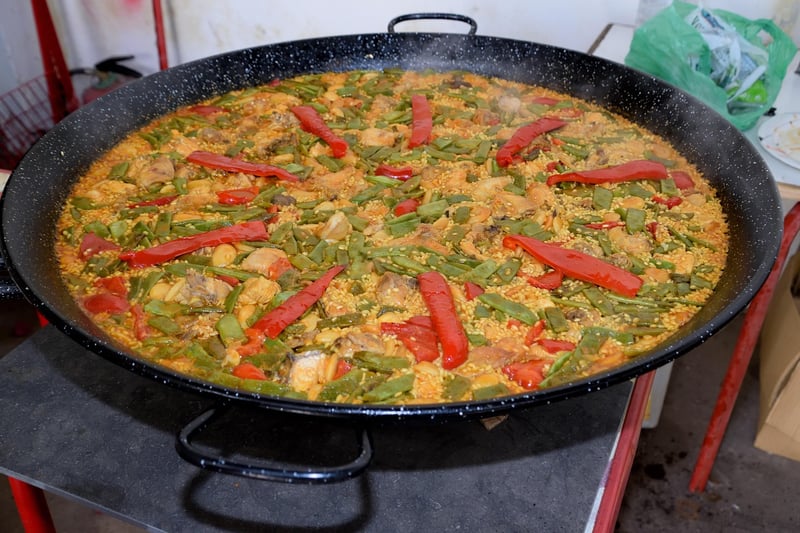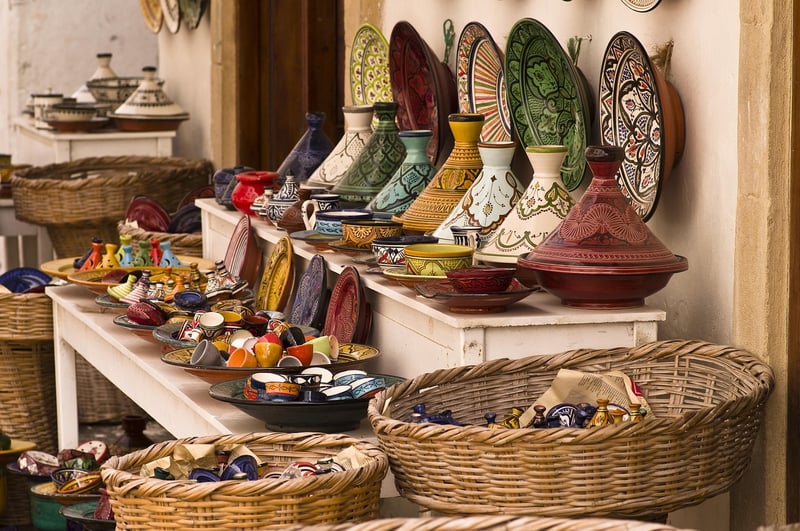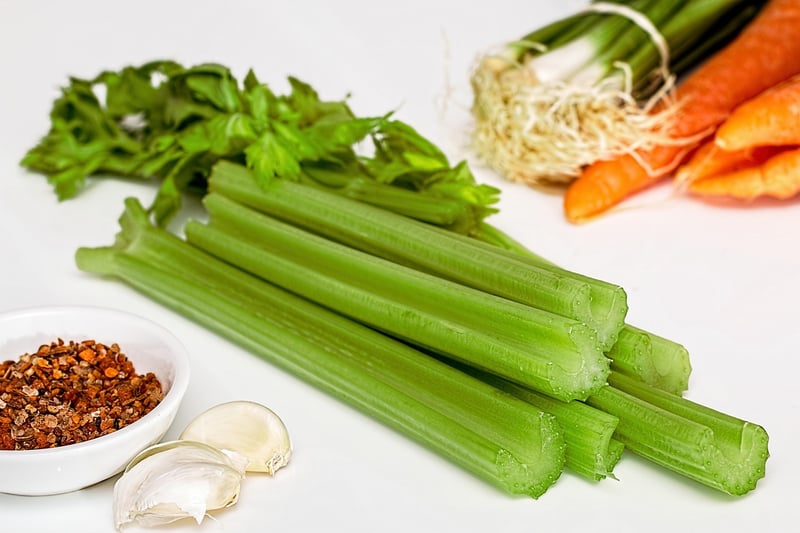Traditional Cuisine
Exploring Diverse Cultures Through Traditional Cuisine
Food is not just a source of sustenance but a gateway to understanding different cultures around the world. Traditional cuisine reflects the history, values, and way of life of a community. By exploring diverse culinary traditions, we embark on a flavorful journey that transcends borders and connects us on a deeper level.
Why Traditional Cuisine Matters
Traditional cuisine is a reflection of a culture's identity. It is a manifestation of centuries-old practices, local ingredients, and unique flavors that have been passed down through generations. By savoring traditional dishes, we honor the legacy of those who came before us and gain insight into the cultural heritage of a community.
Benefits of Exploring Traditional Cuisine
- Appreciation of diversity
- Learning about history and traditions
- Connecting with people on a personal level
- Expanding culinary horizons
- Exploring new flavors and ingredients
Popular Traditional Dishes Around the World
1. Sushi (Japan)
Sushi, a Japanese delicacy consisting of vinegared rice and various ingredients such as raw fish or vegetables, showcases the precision and artistry of Japanese culinary tradition.

2. Paella (Spain)
Paella, a flavorful Spanish rice dish cooked with a variety of proteins and seasoned with saffron, represents the vibrant and festive nature of Spanish cuisine.

3. Tagine (Morocco)
Tagine, a slow-cooked stew prepared in a traditional clay pot, embodies the rich spices and exotic flavors of Moroccan cooking.

Embrace the Cultural Journey
Embark on a culinary adventure by exploring traditional cuisine from different parts of the world. Whether you try your hand at cooking a new dish or visit a local restaurant specializing in international fare, each bite you take brings you closer to understanding and appreciating the diverse cultures that make our world so rich and vibrant.
Let the flavors of traditional cuisine transport you to distant lands and open your mind to the beauty of cultural diversity.
